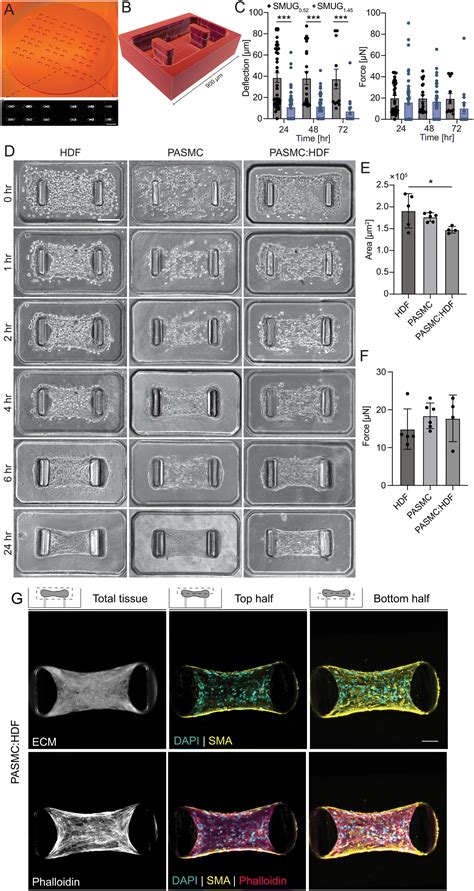How to break strength plateaus and maximize muscle growth for peak performance?

Every dedicated lifter eventually encounters the frustrating wall known as a strength plateau. That moment when your progress stalls, and the weights you once effortlessly lifted now feel insurmountable. But plateaus aren’t an end; they’re an indicator that your body has adapted, and it’s time to evolve your approach. Breaking through these barriers is crucial not just for continuous strength gains but also for maximizing muscle hypertrophy and achieving peak physical performance.
Understanding the Root Causes of Plateaus
Before you can break a plateau, you need to understand why it occurs. Common culprits include insufficient progressive overload, inadequate recovery, nutritional deficiencies, overtraining, and a lack of training variation. Your body is incredibly efficient at adapting, and if you continually expose it to the same stimuli, it will eventually stop responding. The key is to introduce novel stressors that force new adaptations.

Strategic Approaches to Shatter Strength Plateaus
1. Implement Progressive Overload in New Ways
Progressive overload is the fundamental principle of muscle growth and strength. If you’re stuck, it’s likely you’ve hit a ceiling with your current method. Beyond simply adding weight, consider these forms of progressive overload:
- Increase Reps or Sets: If you can’t add weight, try to do more repetitions with the same weight or add an extra set.
- Decrease Rest Times: Shorter rest periods between sets can increase training density and challenge your muscles differently.
- Increase Time Under Tension (TUT): Slow down the eccentric (lowering) phase of your lifts to keep muscles under tension for longer.
- Improve Form: Sometimes a plateau is due to compromised form; perfecting your technique can allow you to lift more safely and effectively.
2. Periodization and Deload Weeks
Don’t just train hard all the time. Incorporate planned variations in intensity and volume. Periodization involves structuring your training into cycles (e.g., strength, hypertrophy, power) to avoid overtraining and allow for optimal recovery. A deload week every 4-8 weeks, where you significantly reduce volume and/or intensity, is vital for physical and mental recovery, allowing your body to supercompensate and come back stronger.

3. Optimize Nutrition for Growth and Recovery
Your diet is just as important as your training. To break plateaus and build muscle, ensure you’re in a caloric surplus (eating more calories than you burn) and consuming adequate protein (around 1.6-2.2g per kg of body weight), healthy fats, and complex carbohydrates. Hydration also plays a critical role in performance and recovery.
4. Prioritize Rest and Recovery
Muscle growth doesn’t happen in the gym; it happens during recovery. Aim for 7-9 hours of quality sleep per night. Consider active recovery (light cardio, stretching, foam rolling) on off days to improve blood flow and reduce muscle soreness. Chronic stress, both physical and mental, can impede progress by elevating cortisol levels.

Maximizing Muscle Growth Beyond Plateaus
Once you’re consistently breaking plateaus, these strategies will further amplify your muscle growth:
- Vary Your Exercises: Don’t just stick to the same few movements. Incorporate different angles and variations of exercises to target muscles comprehensively.
- Mind-Muscle Connection: Focus on actively contracting the target muscle during each rep, rather than just moving the weight. This increases muscle activation.
- Training Volume and Frequency: Experiment with different training splits and frequencies. Some individuals respond better to higher volume fewer times a week, while others thrive on higher frequency with moderate volume.
- Incorporate Advanced Techniques: Methods like drop sets, supersets, forced reps, and negatives can push your muscles beyond their perceived limits, stimulating new growth. Use these judiciously to avoid overtraining.

Integrating for Peak Performance
Achieving peak performance is about seamlessly integrating all these elements. It’s a holistic approach where intelligent training meets smart nutrition, diligent recovery, and mental resilience. Regularly assess your progress, listen to your body, and be willing to adapt your plan. The journey to peak performance is ongoing, characterized by continuous learning and pushing your personal boundaries.

Breaking strength plateaus and maximizing muscle growth requires a multi-faceted approach. By understanding the causes, implementing strategic training adjustments, prioritizing nutrition and recovery, and continuously challenging your body in new ways, you can overcome any stagnation and unlock your full potential for unmatched strength and hypertrophy.









